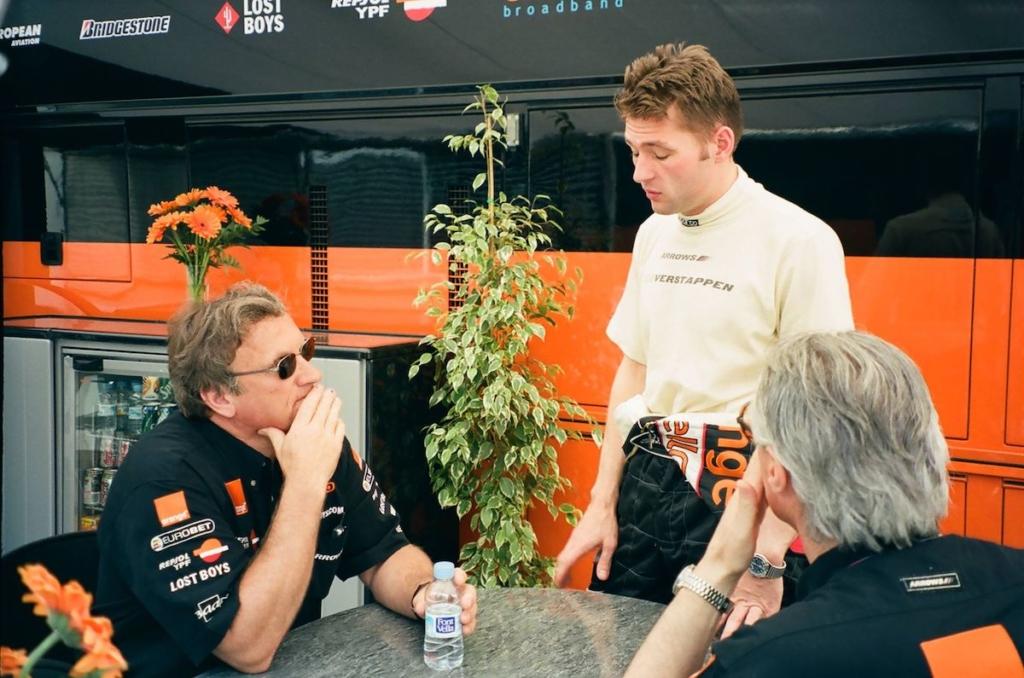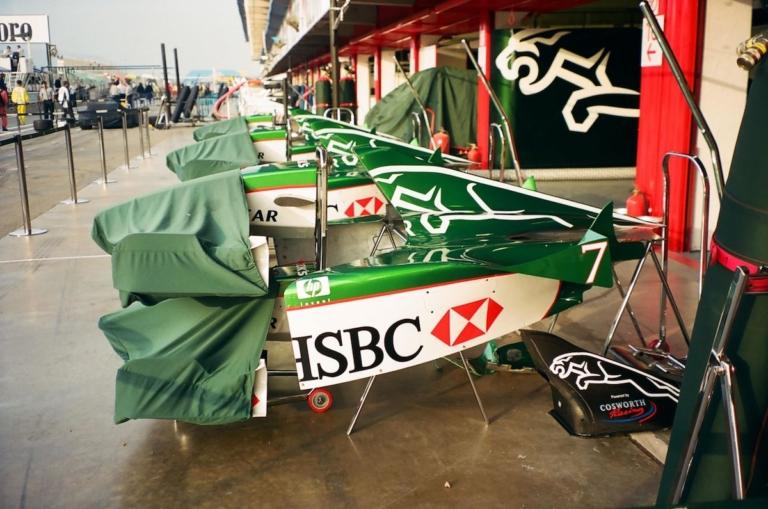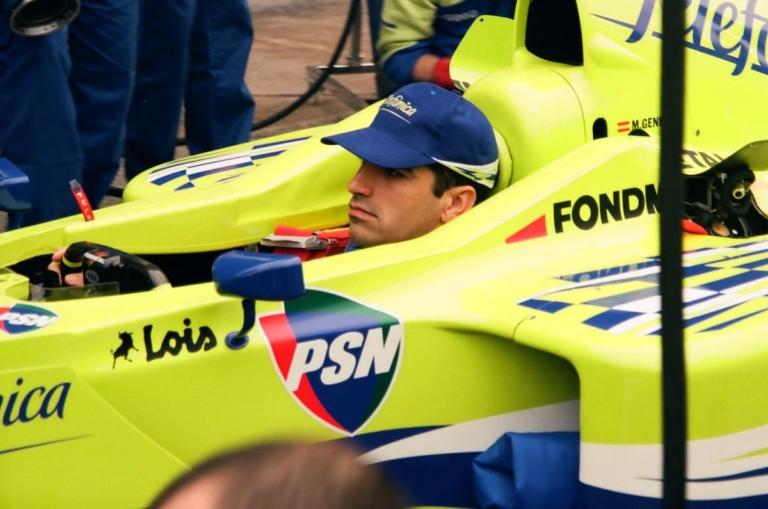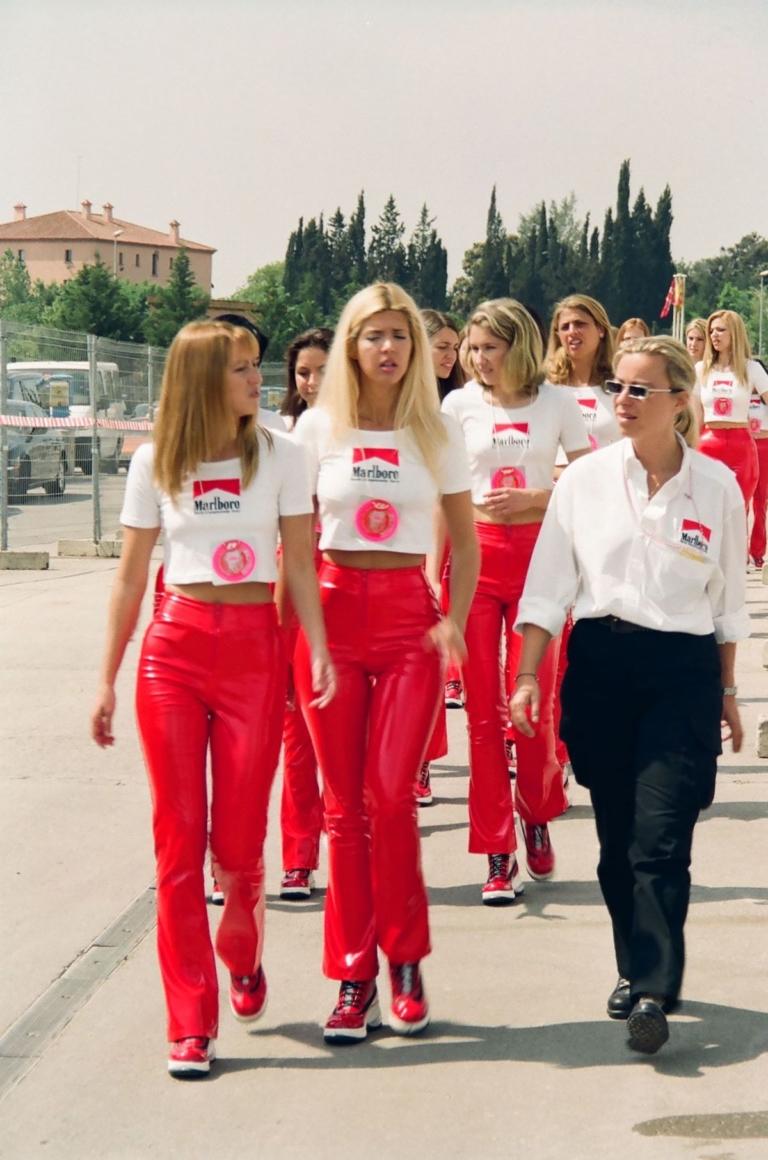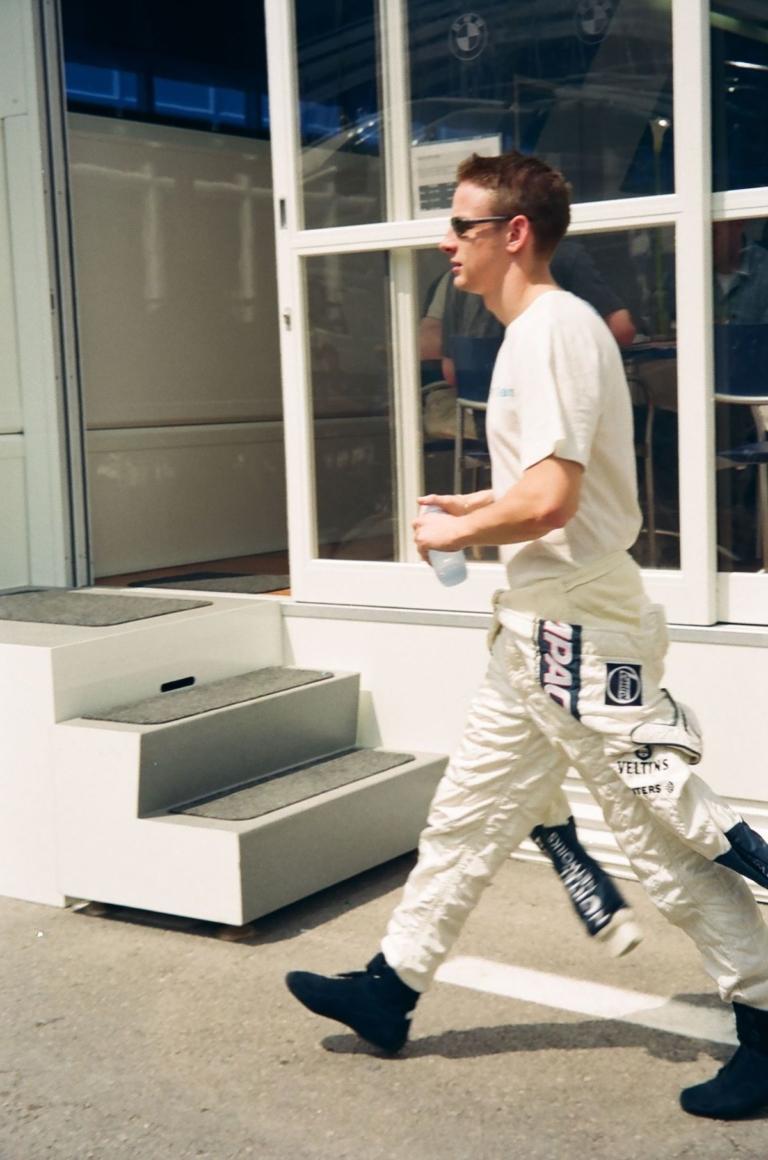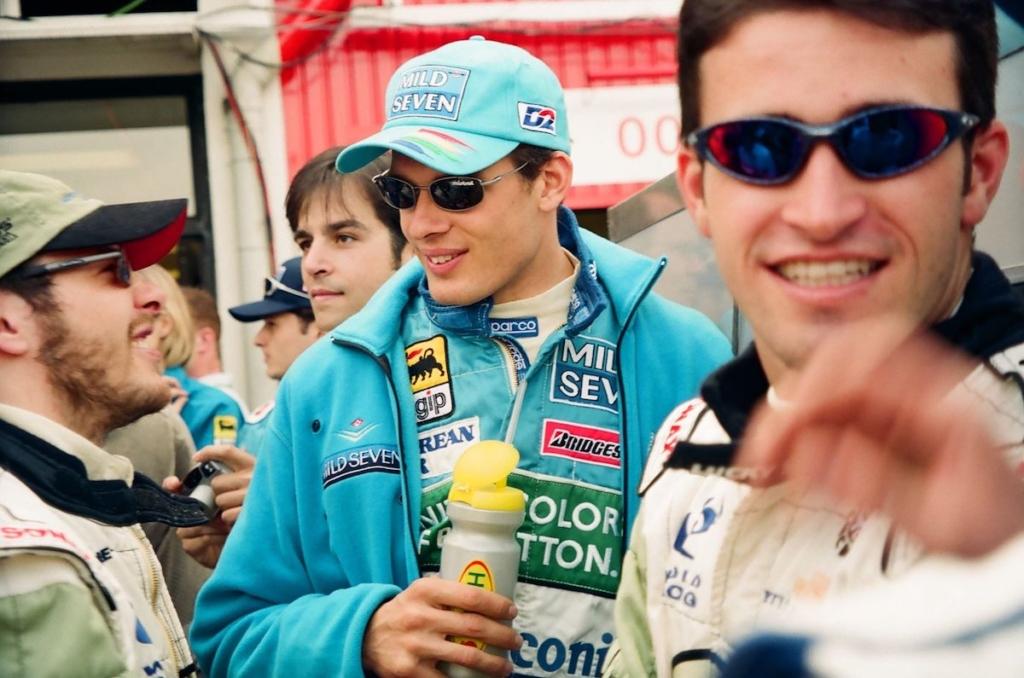
Hungarian Formula 1 journalist Károly Méhes reminisces about his first trip to the Spanish Grand Prix at Circuit de Catalunya in 2000.
The start of the 2000 Formula 1 season brought three pole positions for the McLaren of Mika Hakkinen and three dominant victories by Michael Schumacher in the Ferrari, but an early-season slot for the British Grand Prix brought the first non-Ferrari win when David Coulthard won his home race for McLaren. The scene was set for another exciting duel between the two top teams in Barcelona.
I’d been offered a free flight anywhere in Europe by a friend and fellow F1 fan, who worked for the Hungarian flag carrier Malév, now long departed (bankrupt). I’d chosen Barcelona since it was the furthest away from my native Hungary. I had a pleasant flight in the first-class cabin, arriving on the Wednesday before the race. After checking into my small hotel on a side street off La Ramblas, I realized that I still didn’t know how I would get to the track. Renting a car was beyond my budget and I’d heard that the public transport dropped you off miles from the circuit gates, not to mention the accreditation center where my Paddock Pass was waiting.
Strolling the streets of downtown Barcelona, I spotted the head office of La Vanguardia, a daily newspaper. Maybe a fellow journalist would be willing to help me out? I entered the lobby and asked the receptionist to summon the head of the sport department, explaining that a Hungarian F1 journalist was eager to speak with him. The boss understood my problem immediately and summoned their F1 correspondent, Raymond Blancafort, who was told to be my driver for the weekend. A few years older than me, Raymond was happy to assist and we agreed to meet in front of the newspaper head office the next morning.
Though his English was rather vague and my Spanish non-existent, I learned a lot from Raymond on our rides to and from the track that weekend. I learned a lot about Catalonia, and the Catalan’s indomitable spirit, as well as their language – including the correct way to pronounce the name of local driver Pedro de la Rosa (Ro-sh-a) who was driving for Arrows at the time. I’m pretty sure that Raymond also introduced me to a young Fernando Alonso, whom he praised as an exceptional talent. Apparently, those in the know in Spain were hoping to see him in Formula 1 soon, as the other Spanish drivers at the time, de la Rosa and Marc Gené, were not considered top talents.
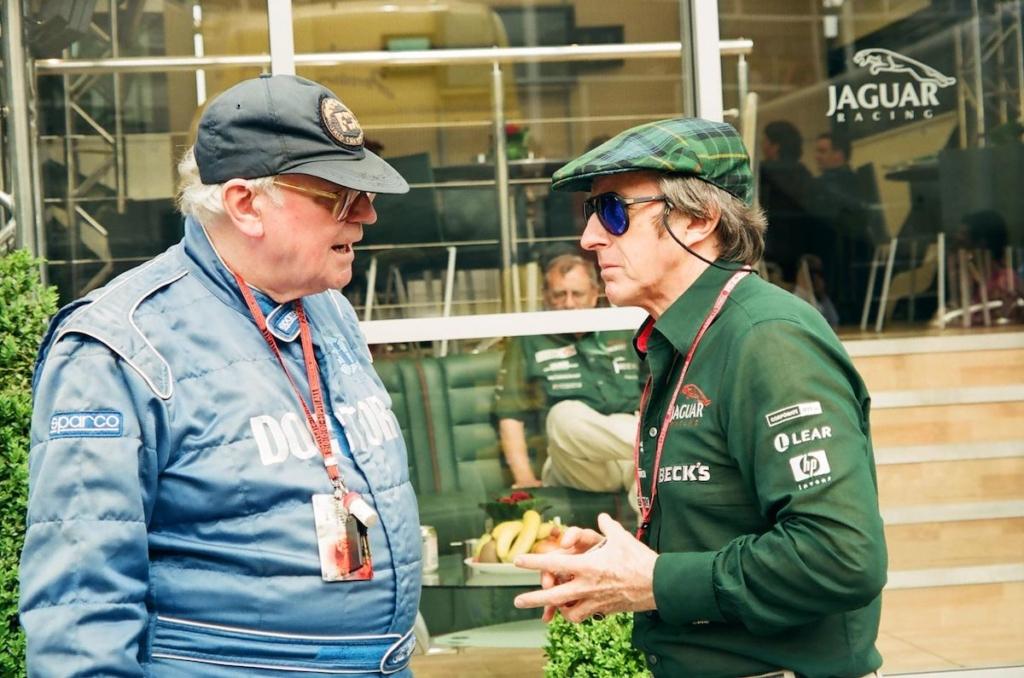
The big news at the track centered around David Coulthard, who had survived a plane crash in France (along with his girlfriend) a few days earlier that had claimed the lives of both pilots. Since DC had only minor bruises, medical delegate Professor Sid Watkins gave him the all-clear to take part in the race. How the Scot was feeling emotionally and mentally is another question, though F1 drivers do seem to have an almost super-human ability to focus on the job at hand.
Circuit de Catalunya was a new circuit for me and impressively modern, especially in comparison to older tracks like Imola. It had only opened 9 years earlier and featured state-of-the-art buildings, grandstands and facilities. The working days of an F1 journalist are long, so it was usually past 7pm by the time that Raymond collected me to return to Barcelona, where my second shift of the day began – as a tourist. I enjoyed walking the streets of the Gothic district and eating tapas. Less enjoyable was the interrupted sleep thanks to the rowdy couple in the hotel room next door, who seemed to spend the entire time quarreling loudly or having sex, also at volume! Thankfully, the free earplugs I had picked up from one of the team motorhomes helped drown out the noise.
The practice and qualifying sessions confirmed expectations. The Ferraris and McLarens were on top and Schumacher took pole. McLaren enjoyed better race pace however, and Mika Hakkinen led home teammate David Coulthard for a 1-2 as Michael Schumacher fell to fifth.
Raymond Blancafort drove us back to Barcelona later that night and we became friends in the following years. He helped me to get some interviews with Alonso after he arrived on the F1 scene the following year, and also got me access to several media sessions with the Spanish star when only selected media were invited. Barcelona has become a firm favourite of mine over the years… especially for pre-season testing when a few days in the Spanish sun was a welcome relief from the cold winter in Hungary.
